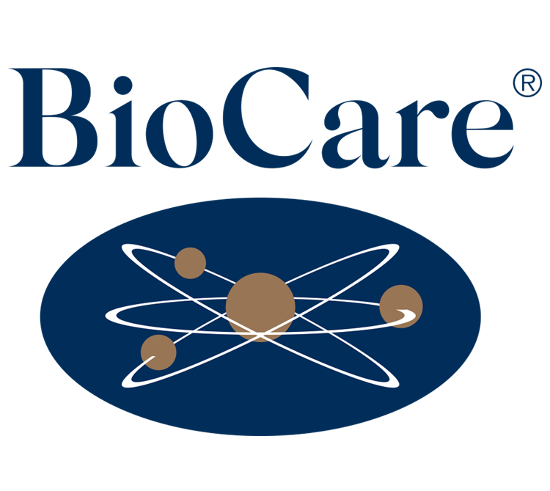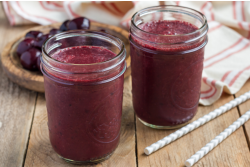The crosstalk between female hormones and the vaginal microbiome
The gut and genital tract microflora of females are complex biological ecosystems that are in continuous communication with each other. The bacteria that colonise the vagina evolved through translocation of bacteria from the gut to the vagina, or through mother-to-child transfer during delivery. The vaginal microbiome is composed of over 200 species and is unique to each female, as it differs depending on genes, age, hygiene, dietary habits, ethnicity, and use of lubricants or medications.1,2 The overall health of the vagina depends on several factors, namely a healthy balance of the hormones oestrogen and progesterone, good quality connective tissue, and a robust and diverse balance of beneficial bacteria that reside in the genital area which make up the vaginal microbiome.3
The normal vaginal microflora consists of Lactobacillus bacteria that emerge from the gut. This includes L. crispatus, L. gasseri, L.rhamnosus, L. salivarius, and L. plantarum with some Bifidobacterium species. These strains produce lactic acid, which maintains the vaginal pH to be within the required 3.5-4.5. This acidity is essential to prevent opportunistic bacteria from proliferating uncontrollably. Lactobacillus strains also exert a natural antimicrobial and anti-inflammatory effect, which keeps foreign bacteria at bay. Other commensal anaerobic species with great propensity to becoming pathogens, especially when Lactobacilli are depleted include Gardnerella, Prevotella, Megasphaera, Atopobium, Streptococcus, Mobiluncus, Mycoplasma and Peptoniphilus. When in high levels, these strains may contribute to vaginal infections such as bacterial vaginosis (BV).4 <









